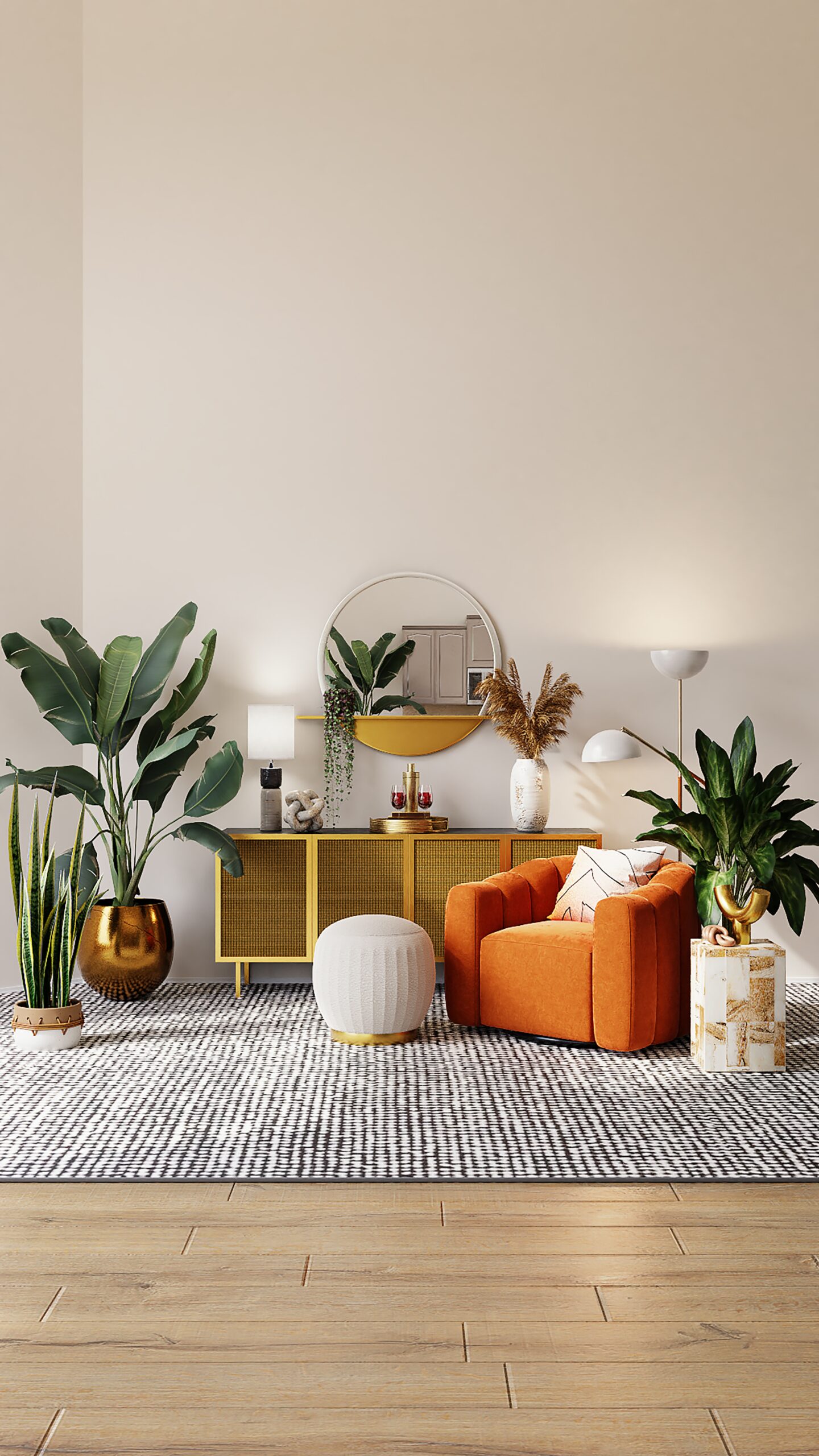Interior design is a profession that requires creativity, attention to detail, and the ability to juggle multiple tasks simultaneously. While it can be a rewarding and fulfilling career, it is not without its fair share of stress. From managing client expectations to coordinating with vendors and suppliers, interior designers often find themselves dealing with a range of challenges that can take a toll on their mental and emotional well-being.
The Stressors of Interior Design
One of the main stressors in interior design is the pressure to meet client expectations. Each client has their own unique vision and preferences, and it is the designer’s job to bring that vision to life. This can involve countless revisions, last-minute changes, and tight deadlines, all of which can create a high-pressure environment.
Another common source of stress is the coordination and management of various vendors and suppliers. Delays in deliveries, miscommunications, and quality control issues can all contribute to added stress for interior designers. Additionally, there is often the need to work within budget constraints, which can further complicate the design process.
Managing Stress as an Interior Designer
While stress may be an inherent part of the job, there are several strategies that interior designers can employ to effectively manage and reduce stress levels:
1. Clear Communication
Open and honest communication with clients, vendors, and suppliers is crucial for minimizing misunderstandings and potential stressors. Clearly outlining expectations, discussing timelines, and maintaining regular updates can help ensure everyone is on the same page and reduce the likelihood of last-minute surprises.
2. Time Management
Effective time management is essential for interior designers. Creating realistic schedules, setting priorities, and breaking down projects into manageable tasks can help prevent feeling overwhelmed. It is important to allocate time for unexpected delays or revisions to avoid unnecessary stress.
3. Establish Boundaries
Setting boundaries is vital for maintaining a healthy work-life balance. Interior designers often find themselves working long hours and sacrificing personal time to meet deadlines. However, it is important to recognize the importance of self-care and make time for relaxation and rejuvenation.
4. Seek Support
Interior designers should not hesitate to seek support from colleagues, mentors, or industry associations. Connecting with others who understand the challenges of the profession can provide a valuable support network and a platform to share experiences and advice.
5. Practice Stress-Relief Techniques
Engaging in stress-relief techniques can help interior designers to relax and recharge. These techniques can include mindfulness exercises, yoga, meditation, or engaging in hobbies outside of work. Finding what works best for each individual is key to effectively managing stress.
6. Continuous Professional Development
Investing in continuous professional development can help interior designers stay up-to-date with the latest trends, techniques, and tools. This can not only enhance their skills but also boost their confidence and reduce stress associated with feeling inadequate or outdated in their field.
The Importance of Self-Care
While it is essential for interior designers to meet client expectations and deliver exceptional designs, it is equally important to prioritize self-care. Taking care of one’s physical and mental well-being is crucial for maintaining a sustainable and fulfilling career in interior design.
By implementing effective stress management strategies, interior designers can create a more balanced work life and minimize the negative impact of stress on their overall well-being. Clear communication, time management, establishing boundaries, seeking support, practicing stress-relief techniques, and investing in continuous professional development are all valuable tools that can help interior designers thrive in their profession while maintaining a healthy work-life balance.




